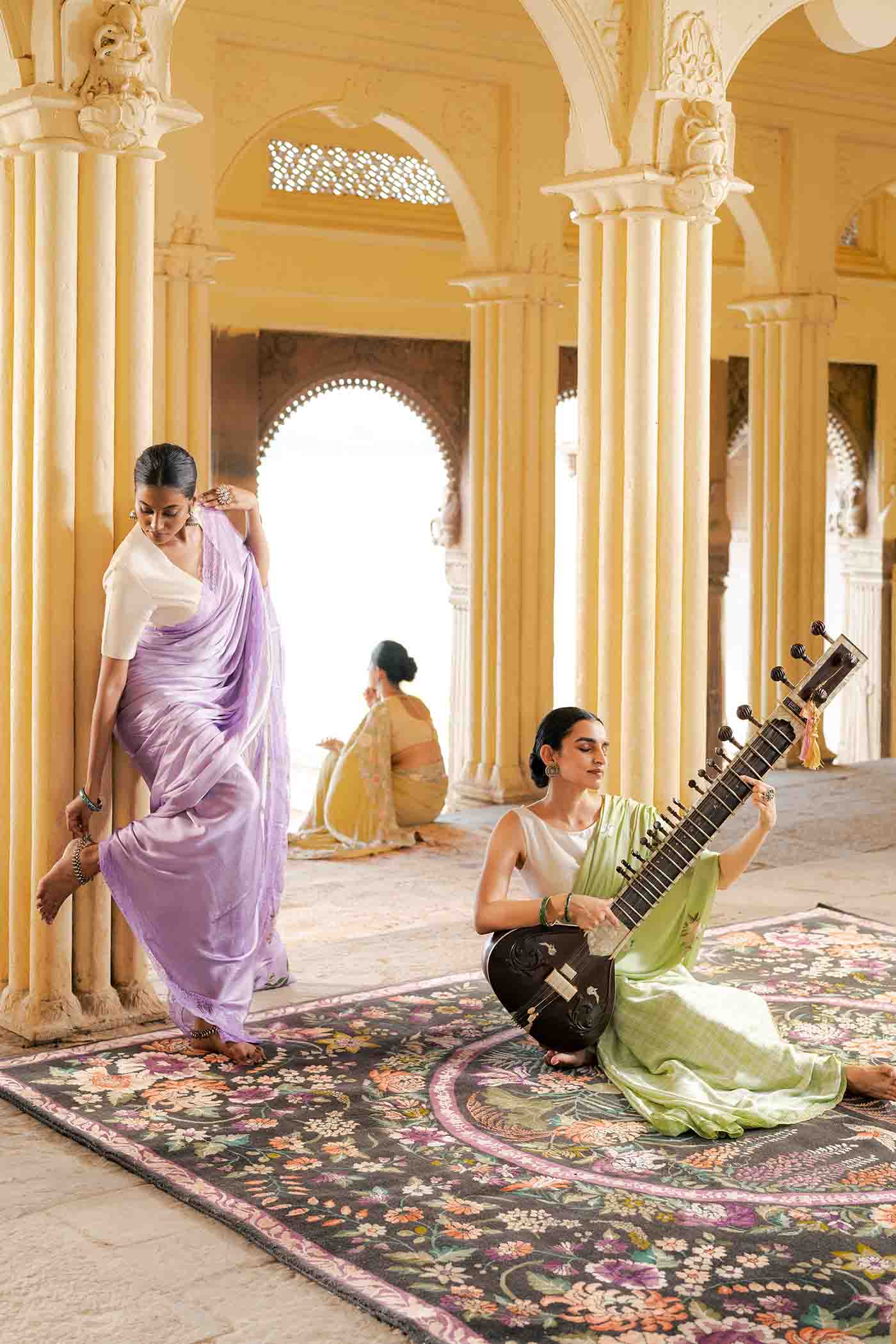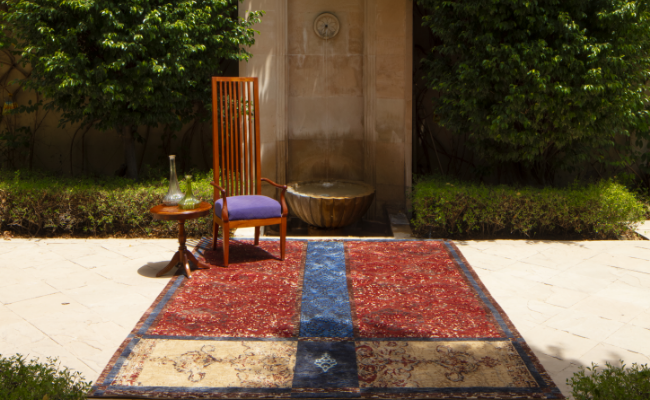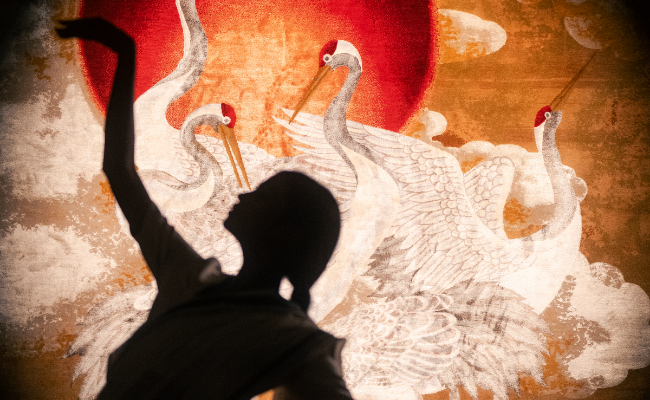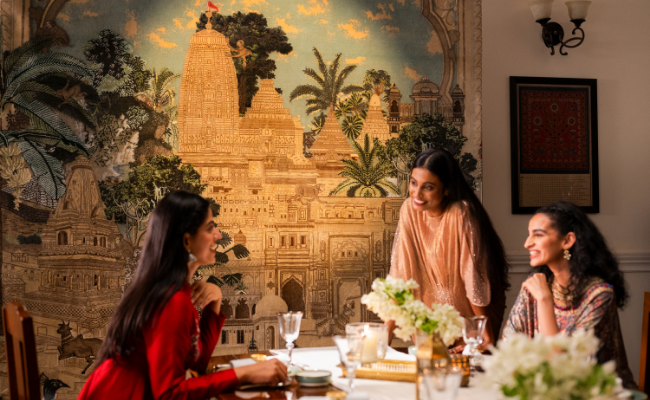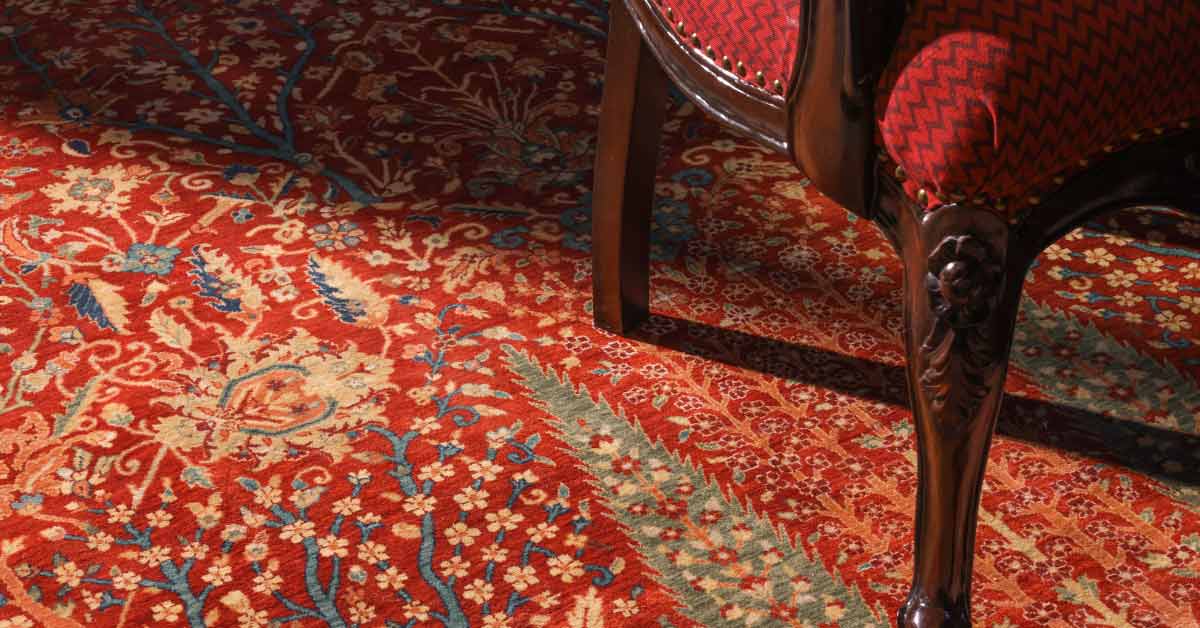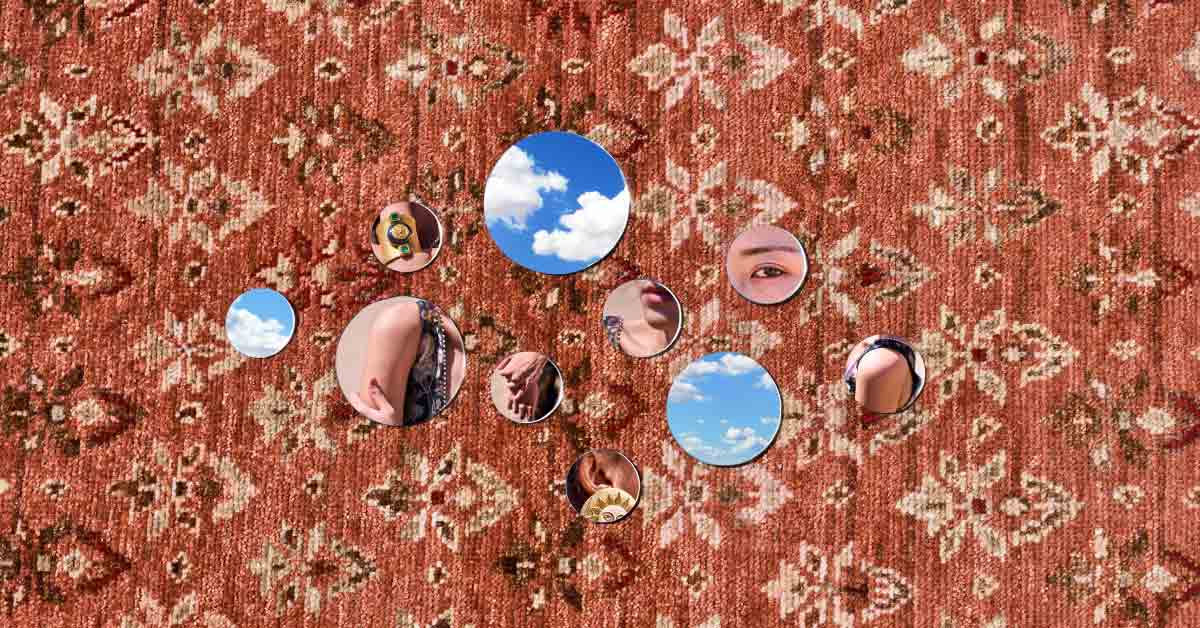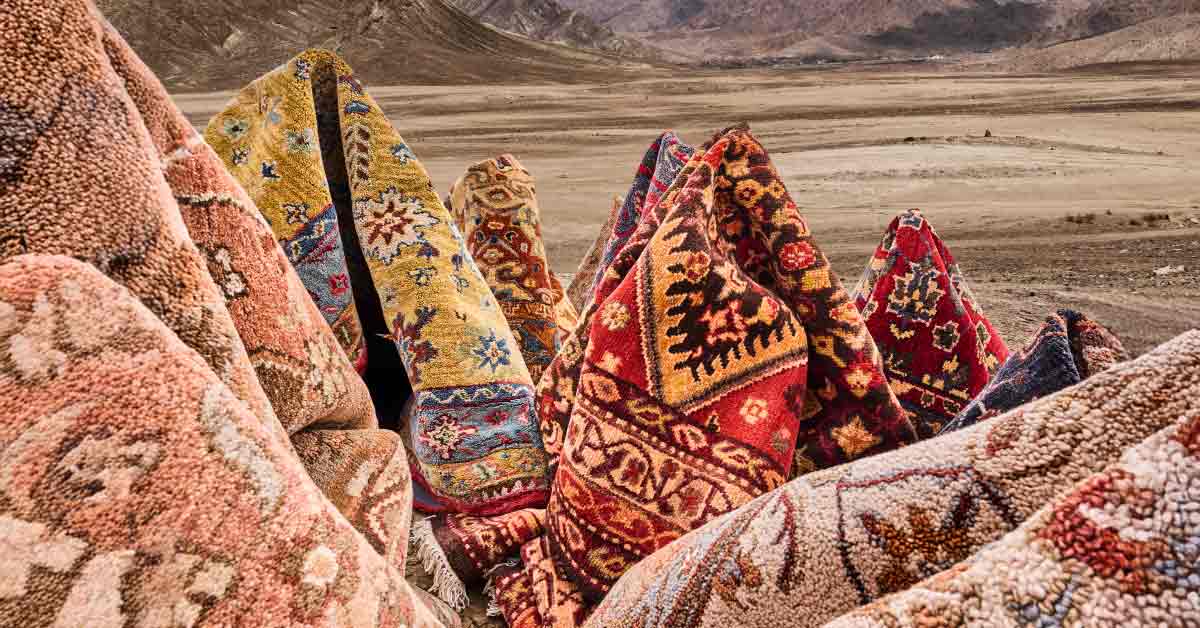
Introduction to Silk Route- Phases
Culture, traditions, and heritage are the three words that describe our country. No other place has such a history as India. From the leadership of the Marathas, to the architectural influence of the Mughals, from colonization by the British to fighting the war of independence for almost a 100 years, India has seen everything. Since the dawn of time, trade has run the world of business. Technically, each country is credible to the other for development. India, being such a vast land hosting many cultures, has been a hub of trade ever since. As Vasco De Gama discovered India while sailing, the ocean assisted with trade to the southern hemisphere. Connecting the eastern and western parts of the world, India was a major part of the Silk Road. Starting from China, the road went through several nations till it reached Turkey via Ladakh.

While the Road was initially found for the transportation of Silk, it gradually became an important route in the world of trade. There once was a time when everything was being traded among the nations via this road. The countries, the villages, and the towns that were a part of the road soon started to be inspired by the people of different cultures that passed through. In the Ladakh region of India, the Buddhist influence of China can still be seen. Seeking inspiration from this legendary ‘Silk Road’, we have launched a new collection- The Silk Route.
Featuring Persian motifs with Turkish art, the collection is a dream to look at. A testament to Obeetee’s fine craftsmanship and design philosophy, both hand-knotted and hand-tufted carpets can be found in the Silk Route. Encapturing and encapsulating different elements of the Silk Rod, the collection has 4 phases.
1. Journey- As the Silk Road connected both the eastern and the western parts of the world, the roads touched many nations. Plains, mountains, and rivers, the road had many challenges and scenic beauties. Just like a hand-knotted rug witnesses the lifestyle of a weaver, residing in his home as he ties the knots, becomes a part of his life, the items that were a part of trade via this road saw everything. From changing seasons to countries and cultures, every trade item went through a journey as it reached its destination.
2. Portal- As the journey began, the experiences of the road embedded within the trader and his goods. Witnessing cultures and exposure to a variety of environments, the influence was clearly visible. Sitting in Turkey, people were getting new ideas about adding that Chinese touch to their goods.
3. Reflection- Everything started to resemble one another. The cultures, values, and inspiration of every nation on the Silk Road were being transported around. Carpets with Persian designs were seen reflecting the Turkish art. The Chinese culture took over Ladakh not just in terms of culture but lifestyle.
4. Prayer- There is just something in a weaver’s room that lends calmness to the environment. The rhythm of the knots, the dedication, and the commitment towards weaving a carpet seem nothing but meditation. It’s like the weaver is preaching his skill and crafting a part of himself. The carpets in this collection have been made this way. Just by looking at the designs, you will be transported to a world of prayer, you will be lost in the beauty of time, by time, and for time.
The Silk Road collection is everything, a blend of the Past, the Present, and the future. Made using wool, cotton, and many other naturally occurring materials, the collection is nothing like you have ever seen. To experience the magic of the collection 1st hand, you can visit any of our flagship stores in Delhi, Mumbai, Hyderabad, Kolkata, Pune, Bangalore, and Ahmedabad. For more information, visit the blog section of our website, https://www.obeetee.in/


